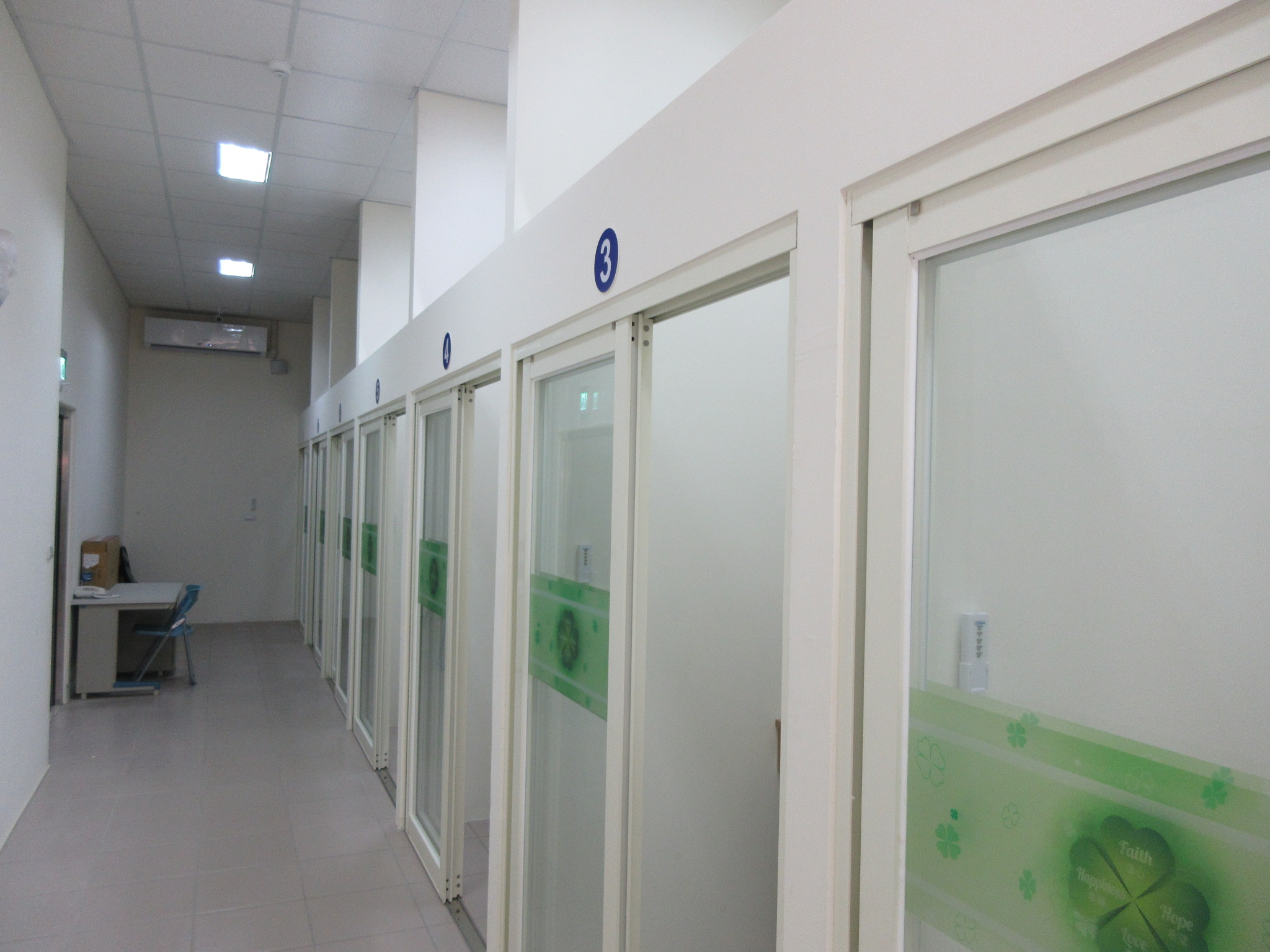Communication Devices Reception
- Publication Date :
- Last updated:2025-06-25
- View count:3680

To reflect the amendment of the Prison Act on July 15, 2020, the long-distance visit service and its forms will be replaced with "Application Form of Visit via Communication Devices". The requirement, procedure and ways of requesting visit via communication devices are listed below, in accordance with the "Regulations for Conducting Visits via Communication Devices in Prisons and Detention Centers".
- These Regulations are established in accordance with Paragraph 3, Article 73 of the Prison Act and Paragraph 3, Article 63 of the Detention Act.
- Eligibility, cause, supporting documents and time period of requesting visit via communication devices:
(1)For family members or nearest relatives that are inconvenient to visit an inmate in the authority - submit documents attesting to his/her identity and relationship with the inmate.
(2)For a lawyer or attorney that is inconvenient to visit an inmate in the authority - submit documents attesting to his/her identity and the fact that he/she is authorized by the inmate or they have been negotiating about matters related to authorization.
(3)Due to any of the following circumstances, for any individual other than those specified in the preceding two subparagraphs that is inconvenient to visit an inmate in the authority, but they are in urgent need to contact the inmate:
- The individual is aged 65 or older or under the age of 12 - submit documents attesting to his/her identity.
- The individual may be or is infected with the diseases defined in any subparagraph of Paragraph 1, Article 3 of the Communicable Disease Control Act, or suffers from the major illness and injury defined in the attached table for Paragraph 1, Article 2 of the Regulations Governing the Exemption of the National Health Insurance Beneficiaries from the Co-Payment, or has physical or mental disabilities - submit documents attesting to his/her identity and related documents showing that he/she may be or is infected with communicable diseases, suffer from major illness and injury, or have physical or mental disabilities.
- The individual or the property thereof suffers damage caused by the disasters defined in Subparagraph 1, Article 2 of the Disaster Prevention and Protection Act - submit documents attesting to his/her identity and proof sufficient to establish the damage suffered.
- The individual requests a visit because any of the inmate's family member or nearest relative is deceased or in a critical condition - submit documents attesting to his/her identity and the fact that the inmate's family member or nearest relative is deceased or that the family member or nearest relative has been in a critical condition within the past seven days, said documents should be submitted within one month after the inmate's family member or nearest relative deceased or within seven days after the family member or nearest relative falls into a critical condition.
- The individual is one of the diplomatic and consular personnel from the inmate's country or region or one of the personnel that may represent the inmate's country or region - submit documents attesting to his/her identity and other relevant supporting documents.
- Other circumstances deemed major or extraordinary by the authority - submit the documents required by the authority.
- Procedure of requesting visit via communication devices:
(1)- Fill in the "Application Form of Visit via Communication Devices" .
- Prepare necessary supporting documents according to your identity .
- Contact the authority where the inmate is accommodated by phone or fax.
- After receiving the form and documents, whether the request is approved or not, the authority will reply by phone to inform the details.
(2) The authority will decide on the appointed time and means of communication after evaluating the condition of the inmate and the status of communication devices. - Frequency, duration and number of individuals visiting:
(1) An inmate may conduct visits via communication devices twice per month, thirty minutes each. Nevertheless, the authority may increase or decrease the frequency and duration if it deems necessary to do so due to the venue, devices, or other conditions.
(2) The authority may, depending on spatial limitations or administrative needs, adjust the number of individuals visiting at the same time and arrange the visit schedule. - Any communication expenses arising from a visit conducted via communication devices shall be borne by the individual approved for the visit. Nevertheless, details of the expenses have not been enacted.
- In the event of any of the following circumstances, the authority may reject the application filed by an inmate or individual to conduct a visit via communication devices:
(1)The inmate expresses his/her refusal to meet the individual.
(2)The inmate or individual fails to proceed in accordance with the regulations regarding the visitors, conditions, procedures, appointed time or means of communication, frequency, duration, and number of individuals allowed.
(3)The inmate or individual has not paid the fees incurred for the previous communication (not applicable at the moment).
(4)The inmate or individual is prohibited by the court or a public prosecutor from meeting visitors in accordance with Paragraphs 3 and 4, Article 105 of the Code of Criminal Procedure.
(5)The authority may reject a visit by the individual in accordance with the Prison Act, Detention Act, or other laws and regulations.

